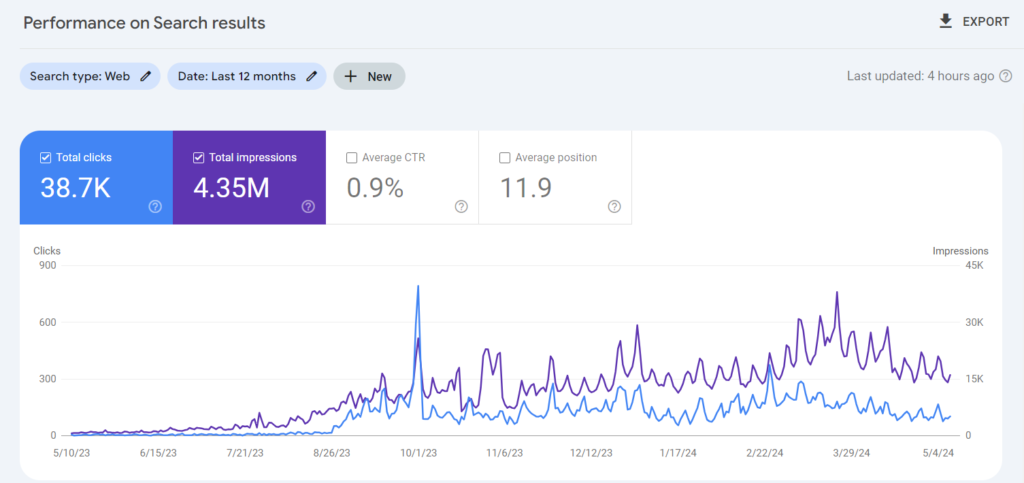What Is Text to HTML Ratio in a Website?
The text to HTML ratio is a metric used in the web development and SEO (Search Engine Optimization) fields to measure the amount of actual readable text versus the amount of HTML code on a web page. This ratio is expressed as a percentage, highlighting the proportion of visible text compared to the overall code that makes up the webpage. Understanding this ratio can help in optimizing websites for better performance and search engine rankings.
What Does the Text to HTML Ratio Tell You?
The text to HTML ratio provides insights into the content quality of a webpage from a technical SEO perspective. A higher ratio often suggests that a page is more focused on providing valuable content to its visitors rather than overwhelming them with excessive code. Search engines may consider a higher text to HTML ratio as a factor in ranking pages, under the assumption that pages with more text are offering more valuable information to users.
What Constitutes a Good Text to HTML Ratio?
There is no definitive benchmark for an “ideal” text to HTML ratio, as it can vary depending on the nature of the website and its content. However, a common guideline suggests that a ratio between 25% and 70% is generally acceptable. Ratios higher than this range might indicate a page with good content density, beneficial for both users and search engines.
What Factors Affect the Text to HTML Ratio?
Several factors can influence this ratio:
Excessive use of inline styles and scripts: Embedding a lot of CSS or JavaScript directly in the HTML increases the code part, thus lowering the ratio.
Verbose or redundant HTML: Using more HTML code than necessary to achieve the same visual result can decrease the ratio.
Use of frameworks and libraries: Some frameworks and libraries generate a lot of additional HTML code to function properly, impacting the ratio negatively.
What Are the Benefits of a Higher Text to HTML Ratio?
A higher text to HTML ratio can have several benefits:
Improved load times: Less code means there’s less to download and process, which can improve page load times.
Better user experience: A focus on content rather than code can lead to a cleaner, more readable page.
Enhanced SEO performance: Search engines might favor pages with higher content density as it implies more information for users.
What Are the Drawbacks of a Low Text to HTML Ratio?
Conversely, a low text to HTML ratio can indicate potential issues:
Poor SEO performance:
Search engines might view pages with a low ratio as less informative, impacting rankings negatively.
Increased load times:
More code requires more processing and can slow down page loading times, affecting user experience and SEO.
Higher maintenance costs:
More code can lead to more complex maintenance and higher development costs.
What Tools Can Help Analyze Text to HTML Ratio?
Several online tools and browser extensions can help you analyze the text to HTML ratio of a webpage. Tools like Google Chrome’s Developer Tools, GTmetrix, and Woorank provide insights into the ratio along with other performance metrics. These tools often give detailed breakdowns and suggestions for improvement.
What Are the Misconceptions About Text to HTML Ratio?
Despite its utility, there are some misconceptions about the text to HTML ratio:
Not the only SEO factor: While important, it’s just one of many factors that affect SEO.
No perfect ratio: There is no universally ideal ratio; what’s best depends on the specific needs and goals of the website.
What Impact Does HTML5 Have on the Text to HTML Ratio?
The introduction of HTML5 introduced more semantic elements that can help reduce the amount of code needed (by eliminating the need for some div tags, for instance) potentially improving the text to HTML ratio. However, the overall impact depends on how developers implement the standard.
What Are the Best Practices for Optimizing Text to HTML Ratio?
To optimize the text to HTML ratio, consider the following practices:
Use semantic HTML: This helps reduce unnecessary tags and makes the code cleaner and more efficient.
Externalize CSS and JavaScript: Moving styling and scripts to external files can drastically reduce the HTML size.
Minimize the use of iframes and embedded objects: These elements can significantly increase the amount of HTML code on a page.
What Future Trends Could Influence Text to HTML Ratio?
As web development continues to evolve, future trends such as more advanced web frameworks and evolving SEO algorithms could further influence the importance and calculation of the text to HTML ratio. Staying updated on these trends and continuously optimizing the ratio will be crucial for maintaining effective, user-friendly, and SEO-friendly websites.
In conclusion, the text to HTML ratio is a useful metric that, when optimized, can contribute significantly to the overall effectiveness of a website. Understanding and applying this ratio appropriately can lead to better user experiences and improved search engine performance.







